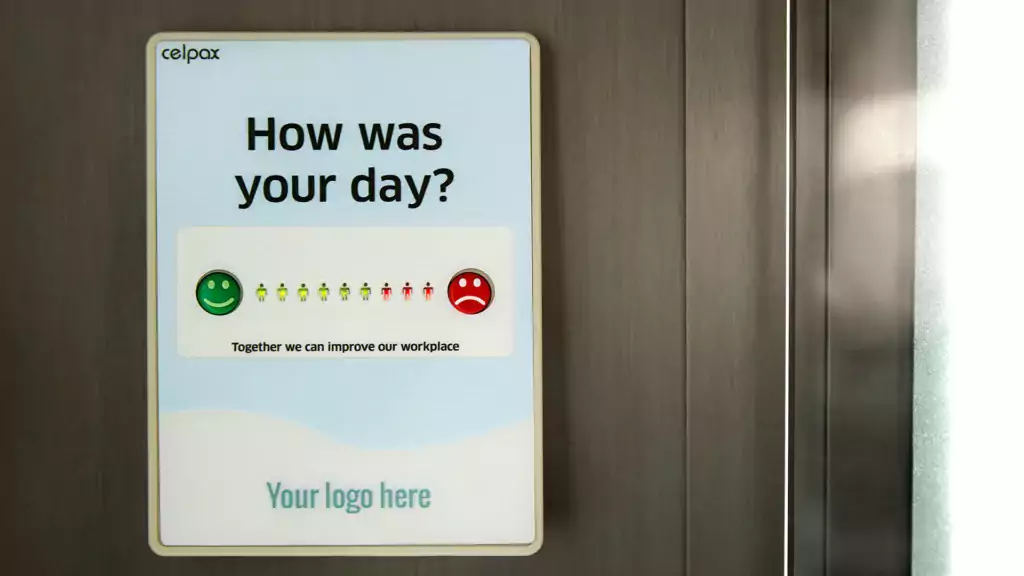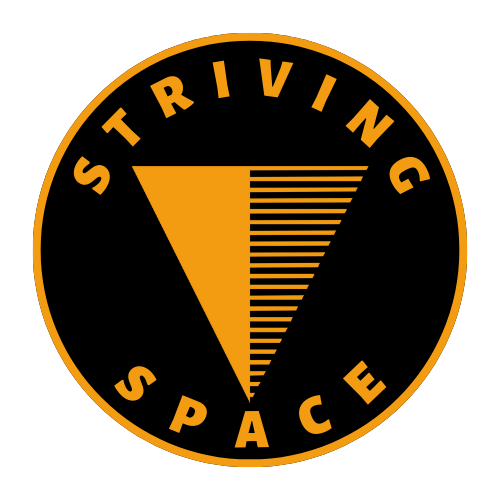The Foundation of Online Business Success: Knowing Your Ideal Customer
Are you struggling to reach your target audience for your online business? Do you want to know how to make your products and marketing resonate with your customers? The key to sustainable growth in your business lies in understanding your ideal customer. Knowing your target audience is like having a compass that guides your marketing campaigns, product development, and overall business strategy.
When you have a deep understanding of your ideal customer, you can focus your efforts, become an authority in your niche, and build a loyal customer base. This understanding empowers you to create targeted, effective marketing messages and develop products and content that directly address your audience’s needs and desires. This foundation for genuine connection is what leads to lasting success.

What is a Target Audience (And Why Does It Matter So Much)?
Your target audience refers to the specific group of people who are most likely to be interested in your products or services and ultimately make a purchase. It is crucial to identify your target audience because it enables you to tailor your messaging and offerings to suit their needs and preferences.
Here are the reasons why defining target audience with precision is important:
- Laser-Focused Marketing: Instead of wasting resources on broad campaigns, you can focus your efforts on the right people with the right message, which can increase conversions.
- Brand Authority: Become the go-to expert in your niche, which can attract a loyal customer base that trusts your solutions.
- Product-Market Fit: Develop products and services that directly address the specific problems and desires of your target audience.
- Increased Customer Satisfaction: When your offerings align with genuine needs, you create happier, more engaged customers who are more likely to be satisfied with your products or services.
Ready to Find Your People? These Methods Will Light the Way
1. Crafting Detailed Buyer Personas

Buyer personas are the backbone of understanding your ideal customer. These fictional representations go beyond just the basic details.
- Demographics: The core facts like age, gender, location, income, education, and job title.
- Psychographics: Understand the interests, values, personality traits, lifestyle habits, attitudes, and behaviors.
- Needs and Pain Points: What keeps your ideal customer up at night? What are their biggest challenges or aspirations?
Example Buyer Persona:
Name: Sarah Jones
Age: 35
Occupation: Marketing Manager
Interests: Health, fitness, travel, cooking, personal development
Personality: Ambitious, goal-oriented, proactive
Pain Points: Struggles to balance work and fitness, wants a convenient and effective workout routine, interested in healthy eating habits.Action Steps:
- Market Research: Analyze industry data or competitor audiences.
- Customer Interviews: Talk to existing customers about their backgrounds and needs.
- Utilize Online Tools:
- Make My Persona (HubSpot): This interactive tool guides you through persona creation with helpful prompts and examples. Create Buyer Persona here.
- Xtensio’s User Persona Creator: Provides customizable templates and a user-friendly interface.
- Buyer Persona Institute: Offers valuable resources, templates, and even a free online ‘Buyer Persona Builder‘.

2. Surveys and Polls: Gather and Analyze Customer Insights Directly
Go straight to the source to gather invaluable data with surveys and polls. Here’s how to get the most from them:
- Survey Platforms: Utilize tools like SurveyMonkey, Google Forms, or Typeform for easy creation and distribution.
- Social Media Polls: Use built-in polling features on platforms like Twitter or Instagram for quick insights.
- Mix Your Questions: Combine open-ended questions for in-depth feedback (e.g., “What is your biggest fitness challenge?”) with closed-ended for easier analysis (e.g., “Rate your interest level in home workout programs on a scale of 1-5”).

3. Analyze Your Website Traffic: Data Tells a Story
Your website is a goldmine of insights. Here’s how to read the data:
- Google Analytics: This powerful (and free) tool reveals visitor demographics, popular content, time on site, and more.
- Heatmaps: Tools like Hotjar or Crazy Egg visually show where visitors click and scroll, highlighting popular content areas.
Action Steps:
- Look for Patterns: Are specific blog posts drawing a particular age group? Do certain product pages attract visitors from specific locations?
- Identify High-Engagement Content: This reveals what topics and formats resonate the most with your audience.

4. Social Media Followers: Insights at Your Fingertips
- Platform Analytics: Most social media platforms provide built-in analytics on follower demographics, interests, and engagement patterns.
- Manual Review: Dig deeper into followers’ profiles to see the content they share, the accounts they follow, and the topics they discuss.
- Targeted Surveys and Polls: Use platform-specific features to ask questions directly to your followers about their preferences and challenges.

5. Talk to Your Customers: Nothing Beats Direct Dialogue
One-on-one conversations offer unparalleled insights. Consider these methods:
- In-person or Phone Interviews: Schedule in-depth discussions to explore customer motivations and experiences.
- Customer Feedback Forms: Include these on your website or in post-purchase emails.
- Focus Groups: Gather a small group for guided discussions, idea generation, and product feedback.
- Social Media: Respond to comments and DMs for open dialogue.

Monitor Industry Trends (Stay Ahead of the Curve)
Understanding your target audience isn’t a “one and done” task. It should evolve with your business and the changing market. Here’s how to stay on the pulse of what your audience cares about:
- Industry Publications and Blogs: Subscribe to relevant newsletters, blogs, and websites to stay informed about the latest trends and innovations in your field.
- Social Media Listening: Monitor hashtags, keywords, and competitor activity to see what’s trending in conversations within your niche.
- Keyword Research: Use tools like Google Keyword Planner or SEMrush to discover what people are searching for related to your industry and offerings.
- Attend Industry Events: Networking with peers and potential customers is a fantastic way to gauge interests and identify emerging needs.
Action Steps:
- Set Up Google Alerts: Receive notifications when industry keywords are mentioned online.
- Join Relevant Online Communities: Participate in forums or social media groups related to your industry.
Note:
- Specificity is Key: The more niche you can get with your target audience, the better. It’s tempting to try to be everything to everyone, but this results in diluted marketing and missed opportunities.
- Experimentation is Your Friend: Don’t be afraid to test different methods of audience research. What works for one business might not have the same impact for another.
- Patience Pays Off: Understanding your target audience takes time and continuous effort. Make it an ongoing practice to refine your knowledge as your business grows.

Putting It All into Action: A Success Story
Let’s imagine a business selling sustainable, handmade beauty products. Initially, their target audience was vaguely defined as “women interested in natural skincare.” However, by employing these methods, they discovered a much more specific niche: Busy professional women aged 25-40 who value eco-conscious choices but lack time for extensive skincare routines.
This insight transformed their business:
- Marketing: Shifted focus to platforms these women frequent and crafted messaging highlighting convenience and ethical ingredients.
- Product Development: Formulated simple, multi-tasking skincare products and offered convenient subscription boxes.
- Brand Voice: Emphasized a blend of luxury and sustainability to resonate with their ideal customer’s values.
The Result? Increased sales, a loyal customer base, and recognition as a leader within their niche.

Your Turn to Find Success
Identifying your target audience is not a task to be checked off a list; it’s an exciting journey of discovery that can fuel every aspect of your business. Consistently utilizing the methods outlined here will provide the clarity and direction needed to create effective marketing, develop valuable products or services, and build a thriving online business with a deeply engaged customer base.
NEXT READ: What is Buyer Persona? Explained simply.











